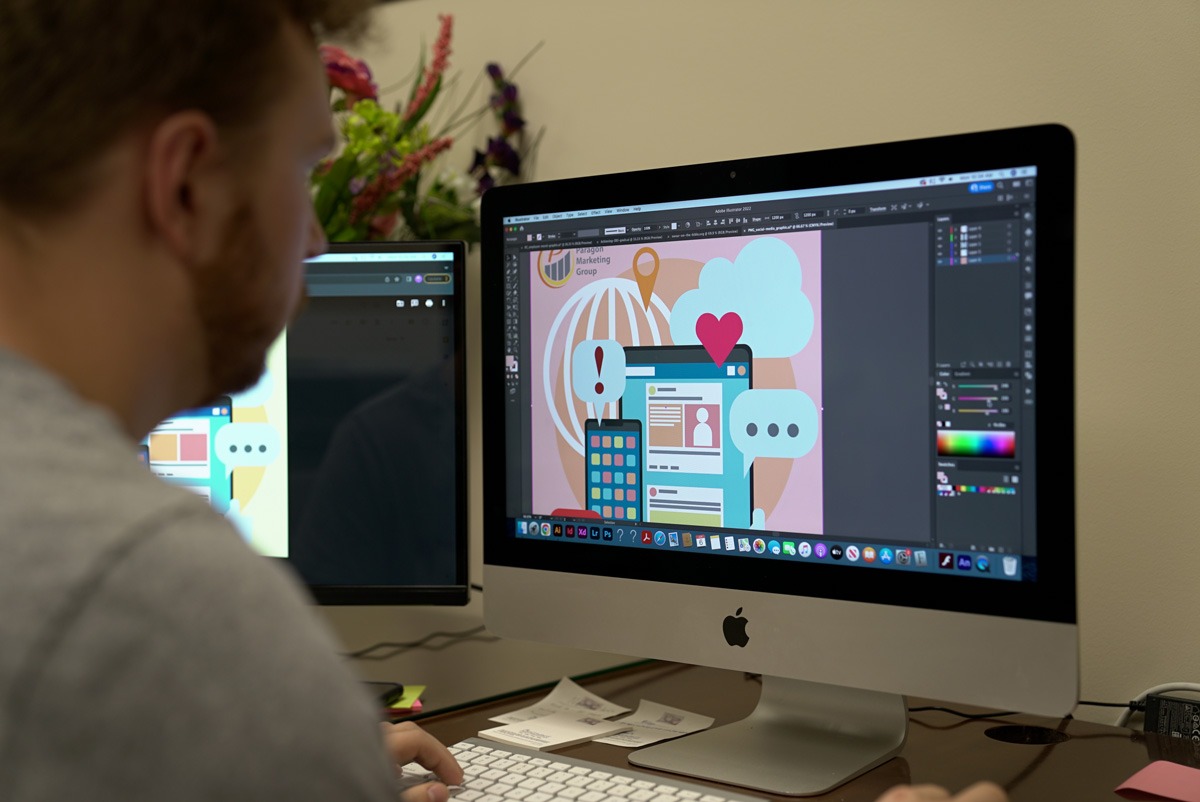As the frost melts away and nature awakens, businesses too should embrace the spirit of renewal. Spring offers the perfect opportunity to refresh your marketing strategy and breathe new life into your brand. Just like the seasonal shift brings growth and transformation, your business can benefit from implementing effective marketing solutions from Paragon Marketing Group.
Transform Your Business with Marketing Solutions This Spring
The arrival of spring isn’t just about cleaning your office space. It’s the ideal time to evaluate what’s working in your marketing efforts, what needs improvement, and where opportunities for growth exist. With Paragon’s comprehensive marketing services, you can harness this season of change to reinvigorate your brand presence across multiple channels.
Refresh Your Digital Presence
Just as spring brings a fresh new landscape, your online presence might need some sprucing up. Consider updating your website with seasonal content, refreshing your social media strategy, or launching a spring-themed email campaign. Paragon specializes in creating cohesive solutions that marry these elements into a powerful marketing force.
Key Takeaway: Strategic digital marketing solutions can significantly boost engagement and conversions during seasonal transitions.
.
Cultivate New Growth with Video Content
Like seeds planted in spring soil, video content has tremendous potential for growth. With the majority of businesses now using video as a marketing tool, it’s become essential rather than optional. Paragon’s roots as a video production company make us uniquely qualified to offer marketing solutions that include compelling video content that captures attention in today’s fast-paced digital environment.
Key Takeaway: Professional video production as part of your marketing creates lasting impressions that can blossom into meaningful customer relationships.
Prune Outdated Marketing Tactics
Spring is a time for clearing out the old to make way for the new. This principle applies perfectly to your marketing strategy. Together, we can analyze your current marketing efforts, trim away underperforming tactics, and implement marketing solutions that deliver better results. Our full-service approach ensures nothing goes to waste in your marketing budget.
Key Takeaway: Implementing targeted solutions allows for more robust growth by replacing ineffective tactics with proven strategies.
Plant the Seeds of Brand Consistency
A garden thrives when properly planned and maintained. Similarly, your brand needs consistent nurturing across all platforms. From your graphic design to direct mail, Paragon’s marketing services ensure your messaging maintains a unified voice while adapting to each channel’s unique requirements.
Key Takeaway: Comprehensive marketing strategies create a cohesive brand experience that reinforces your message and builds trust with customers.
Nurture Leads with Targeted Content
Spring showers may bring May flowers, and targeted content brings qualified leads. Through blog writing, online advertising, and social media paid campaigns, Paragon can help you create marketing solutions that speak directly to your ideal customers. By addressing their specific needs and pain points, you’ll cultivate stronger connections and higher conversion rates.
Key Takeaway: Personalized content solutions yield higher engagement and more qualified leads than generic marketing messages.
Here’s a Quick Recap:
- Strategic digital solutions can significantly boost engagement and conversions during seasonal transitions.
- Professional video production as part of your marketing creates lasting impressions that can blossom into meaningful customer relationships.
- Implementing targeted solutions allows for more robust growth by replacing ineffective tactics with proven strategies.
- Comprehensive marketing strategies create a cohesive brand experience that reinforces your message and builds trust with customers.
- Personalized content solutions yield higher engagement and more qualified leads than generic marketing messages.
Time to Spring into Action
The season of renewal won’t last forever. Now is the ideal time to revitalize your marketing strategy and position your business for growth. At Paragon Marketing Group, we understand every business has unique needs and goals. Our team is ready to create customized solutions that align with your vision and budget. Don’t let another season pass by with stagnant marketing.
Contact Paragon Marketing Group today to schedule a consultation and discover how our marketing solutions can transform your business presence. Whether you need a complete marketing overhaul or targeted improvements in specific areas, we’re here to help you spring into action and achieve remarkable results.






